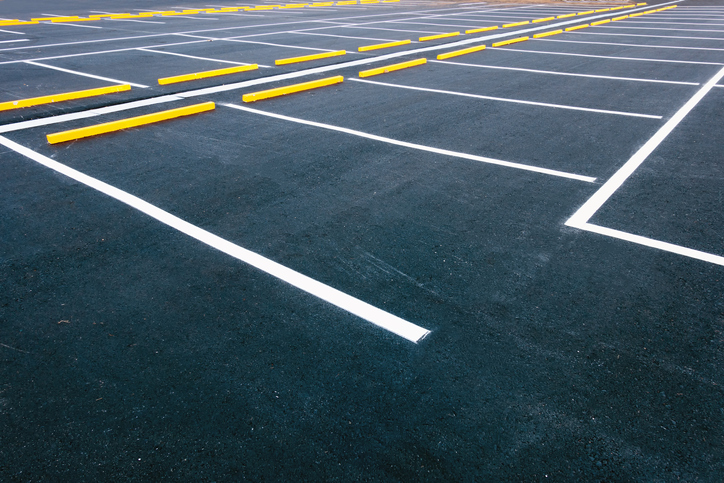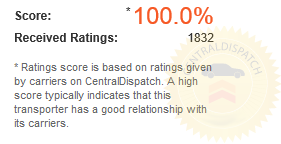Residential Restricted Parking Zones
Parking ordinances
Parking rates
Conclusion

Residential Restricted Parking Zones
In Hawaii, parking is usually pretty congested. So, what many local town-governments are doing is instilling Residential Restricted Parking Zones. This means in certain areas on residential streets, parking is allowed by permit only. So, if you don’t have a permit, you can’t park there. If you aren’t a resident of that specific area, then you cannot get a permit. This can be frustrating, but it is for good reason though. Many locals are finding it increasingly difficult to find parking anywhere near their homes. So, this had to be done.
If you are moving to Hawaii, you might qualify for one of these permits depending on where you live. You can find out more here.
Parking ordinances
The following are places you can’t park in Hawaii. You cannot park within thirty feet of a stop sign. You cannot park within ten feet of a fire hydrant. You cannot park in front of a driveway. You must also be at least four feet away from the end of the “flare”. The flare is the end of the driveway. You cannot park within twenty feet of a crosswalk.
Then there are the places you can park in Hawaii. You can park at meters after you pay the meter. Make sure the meter is not broken. If the meter is broken, you may not park there. Broken meters are considered “No Parking” signs. You can park anywhere street signs permit parking. Be sure only to park there for the allotted amount of time on the signs. Parking enforcement goes on twenty-four hours a day in Hawaii. There are also parking facilities with attendants. You can read more about those below.
Parking rates
Parking rates will differ depending on where you park and when. There could be other variables involved such as the business that you are visiting validating the parking. The metered parking facilities in Hawaii generally allow you to park in a particular spot for between one and five hours. The most common time limit you will see is two hours. The meters usually cost either seventy-five cents or a dollar and fifty cents per hour depending on where and when you are parking.
The attendant parking facilities are obviously better for long term parking situations. These facilities will charge anywhere between ninety and a hundred and fifty dollars per month for parking. Those prices are pretty reasonable when you consider that it’s only four or five dollars a day for unlimited parking there, whereas parking on the street could easily end up running you over twenty dollars in a just one day. There is also short-term parking available in these facilities. However, the rates for short term parking in one of these are like metered parking on the street.
Conclusion
Parking in Hawaii can be quite difficult and frustrating at times. The streets are crowded, and the parking is scarce. However, if you plan ahead and know what to avoid, you should be just fine. If you are planning ahead for your trip and need your vehicle shipped to Hawaii, let us help you out! Get a free quote today!


